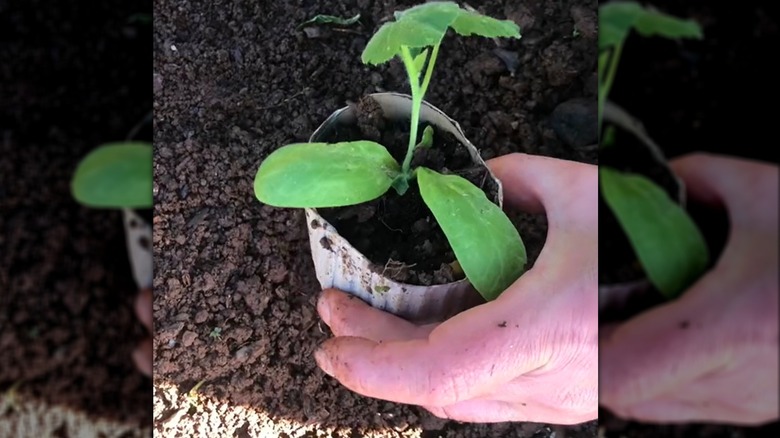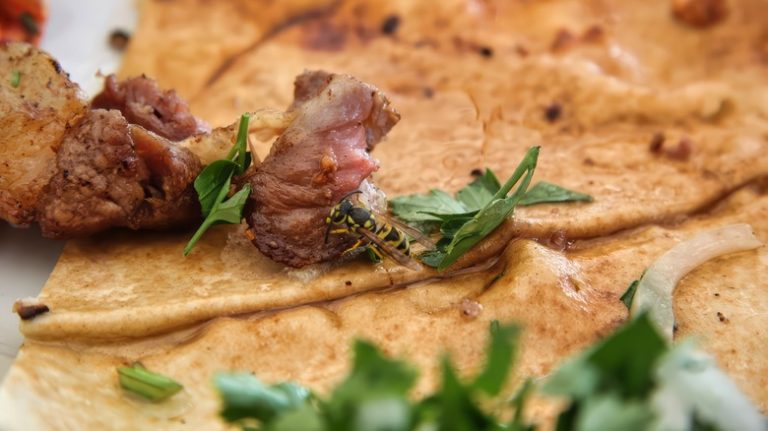Unsplash
It would be fair to say that most gardeners want to grow things and make the world prettier, not pollute the planet with more waste. But sadly, so many of those little plastic pots that come from nurseries end up in landfills. While some gardeners reuse them to start their own seedlings, TikTok gardening sensation Simon Akeroyd came up with a brilliant solution to grow your seedlings that’s both environmentally friendly and also re-uses all the cardboard we end up with from ordering online — he creates cardboard pots that can be directly planted in the ground and will decompose over time!
The actual construction of the pots is quick and easy and uses things that most people have in their homes: cardboard, a bucket of water, and something to shape the wet cardboard around. And, of course, seeds! In the post, Akeroyd demonstrates the process from start to finish, demonstrating the finished product with the caption, “Enjoy your free non-plastic plant pots.”
It’s simple, but ingenious
@simonakeroydgardener
Plastic-free plant pots. Easy to make from cardboard. Plant them directly into the soil where the carboard will naturally decompose. This avoids distrubing the roots. #recycle #plasticfree #growyourown #gardeningtok #gardening #foryou #foryoupage #fyp #growyourown #greengardening
♬ Chandelier – Sia
The first step is to remove any tape, staples, or any other adhesive or plastic attached to the cardboard — basically, remove anything that won’t decompose. The cardboard is then soaked in water for approximately 15 minutes. It needs to be fully submerged and wet, but you don’t want to let it sit too long, or it could start to break down.
The next step is to cut or tear the cardboard into strips — this could also be done before soaking if preferred. Then you wrap the cardboard around a jar, a jar, a tin can, or any other container in the size and shape that you want, tucking the ends around the base to create the bottom of the pot. Then they’re left out to dry. However, he notes that before you want to separate the “pot” from the item, it’s wrapped around before the cardboard is fully dry to make sure it stays intact.
Once they’re fully dry, add your soil and your seeds. Once the seeds have sprouted enough to survive in the ground, you plant the entire pot and plant together. The pot will give a little support for the new seedling, and then as the cardboard disintegrates, the plant will continue to grow.
They’re healthier for the plants as well

TikTok
One of the biggest benefits of this method is that it’s actually better for the plants. Because you plant the seedlings directly in the ground with the pot, there’s less stress for the plant. As Simon Akeroyd notes in one of the captions on his TikTok video, because you don’t have to take the plant out of the pot, it helps “avoid root disturbance.” While often, when more mature plants are purchased from a nursery, they can have spiraling roots that need to be pruned to allow the plant to grow properly, a seedling’s roots are much more fragile and less established, so you want to minimize the disturbance — and potentially damage — that handling the roots can cause. When there’s already the potential for environmental stress for the plant as it goes into its new environment, the less harm done, the more likely the plant is to survive.
While gardeners have also used other cardboard items like toilet paper rolls to start seedlings, this method allows for a custom size to fit the plant and also allows it to grow larger before needing to be put in the ground. All in all, these little cardboard pots are a win for the plants, a win for the gardener, and a win for the environment.




